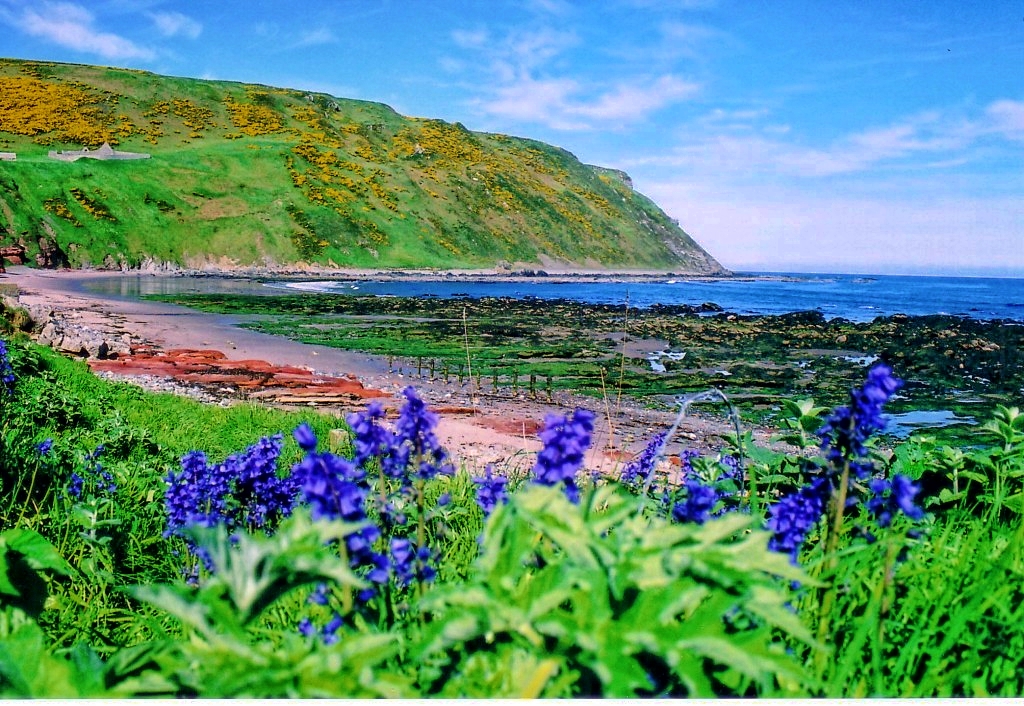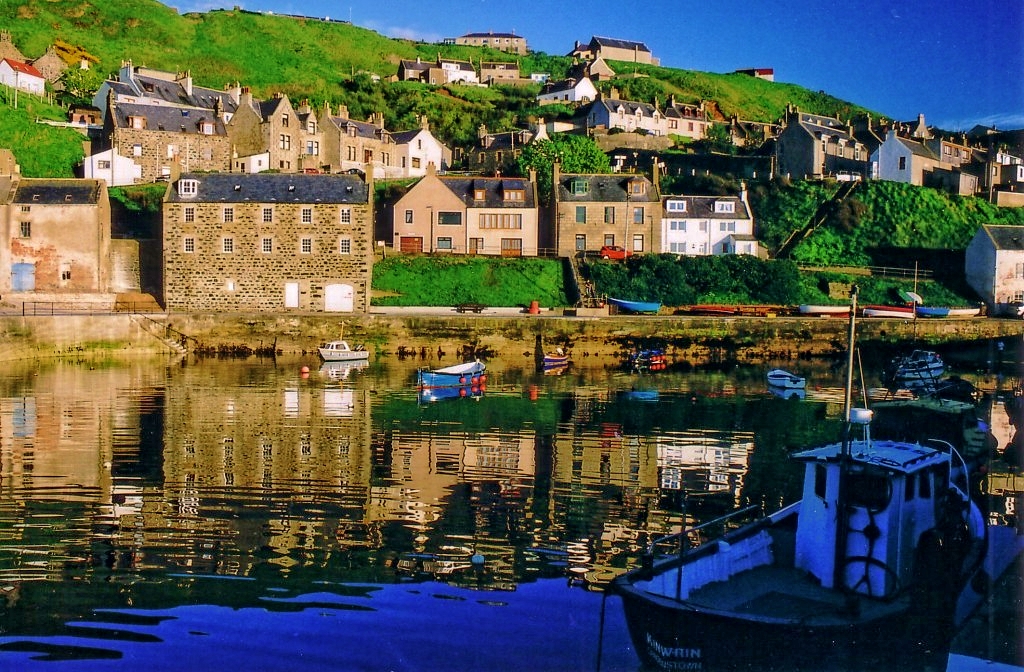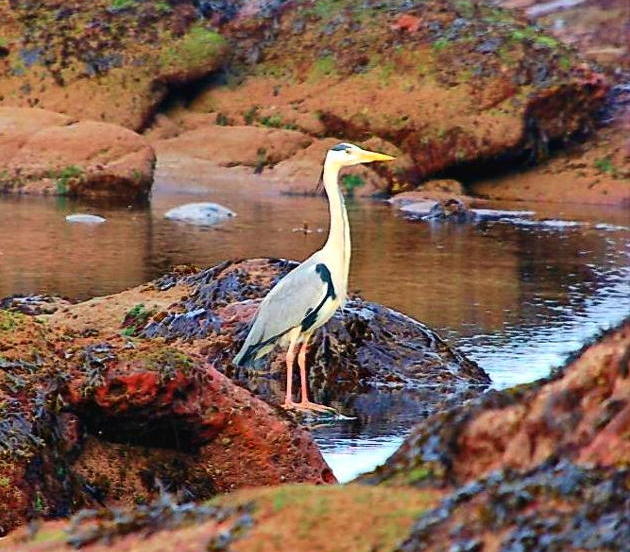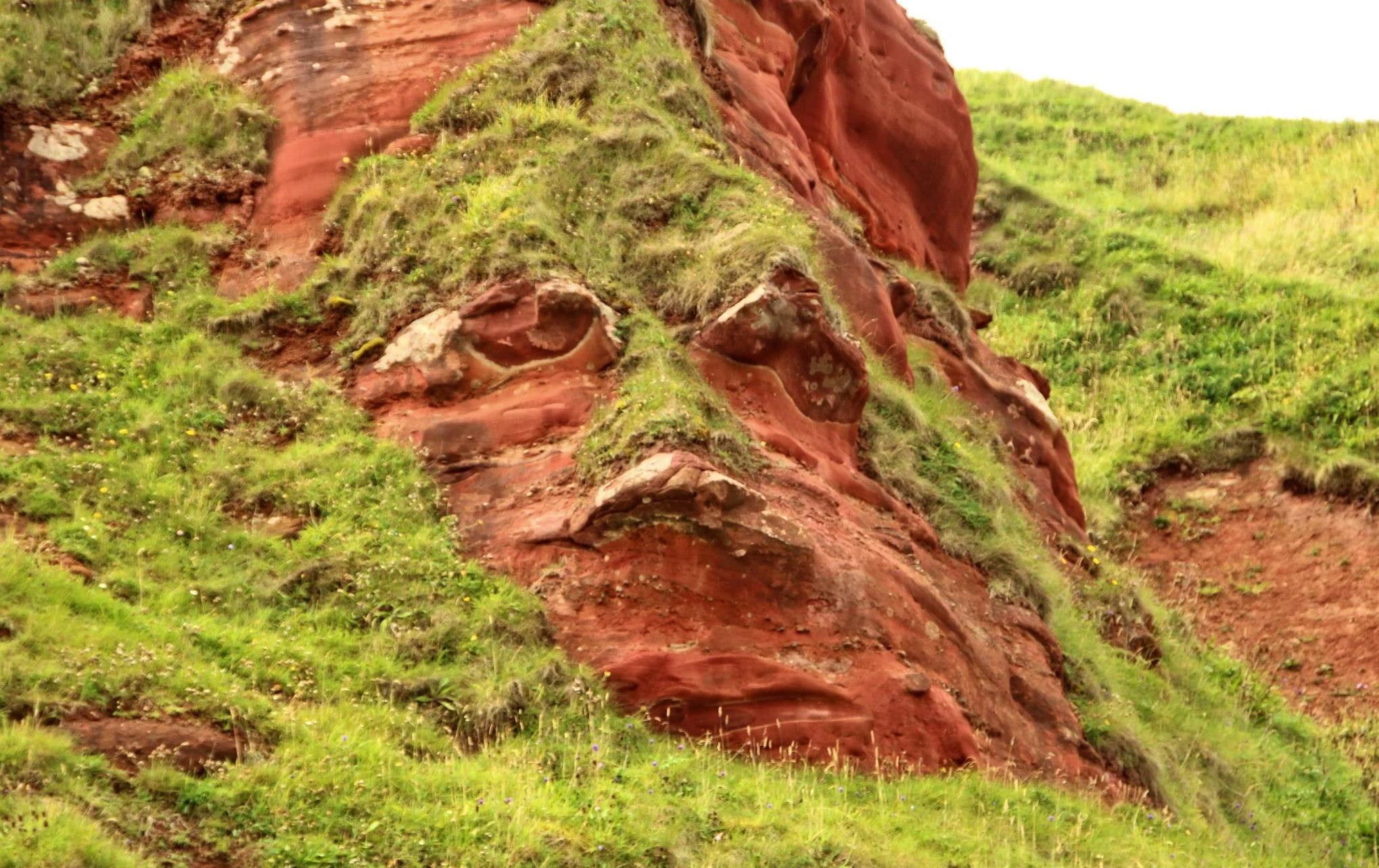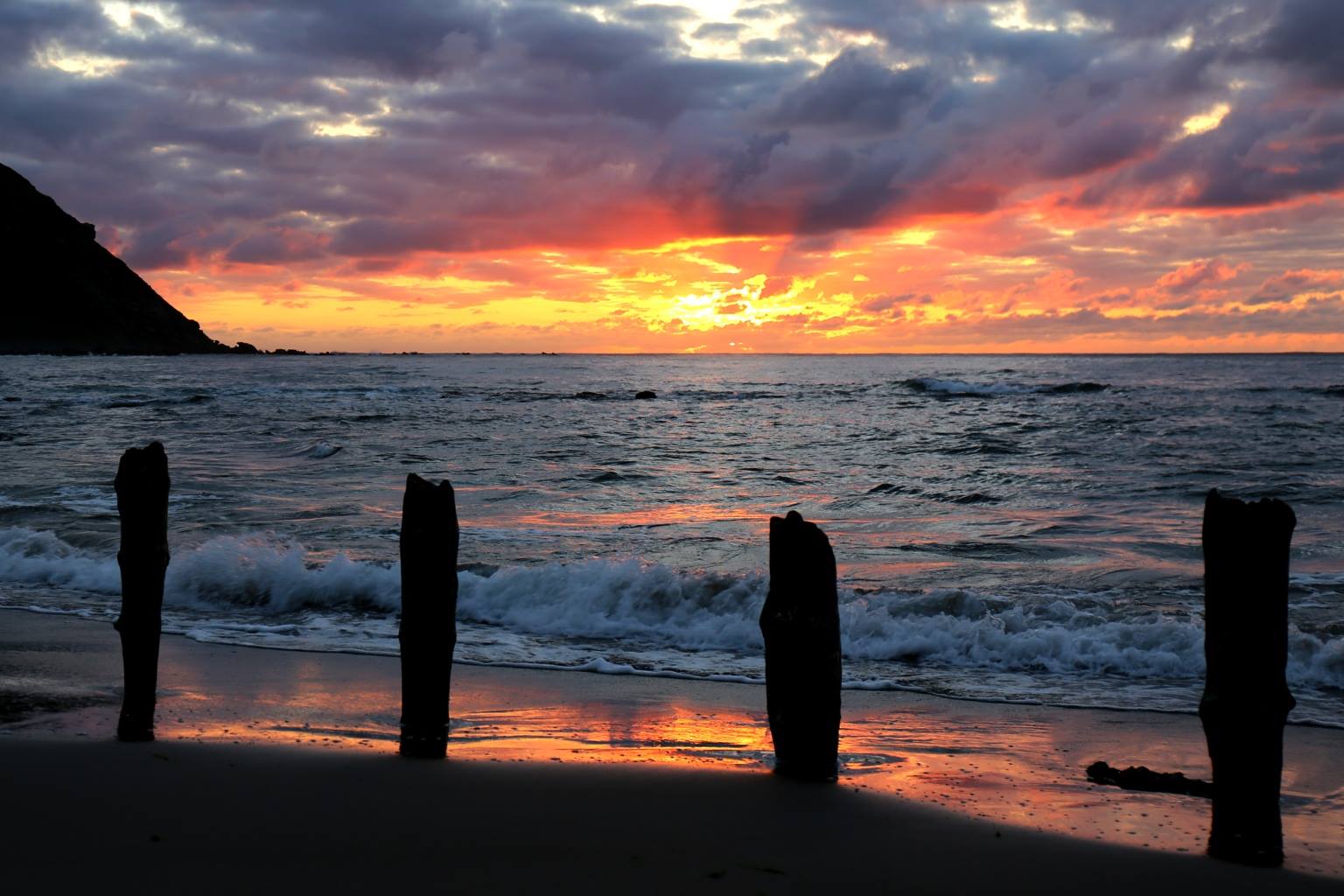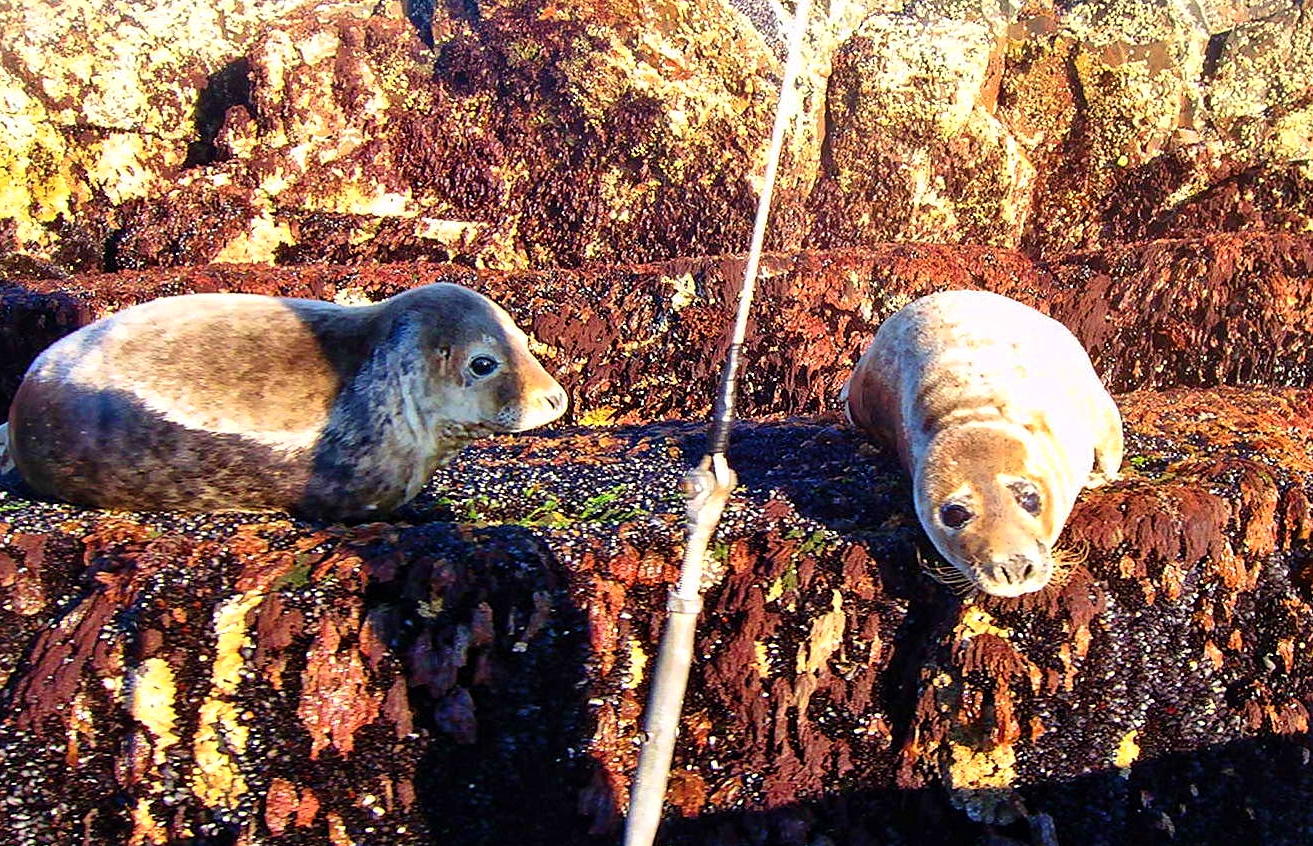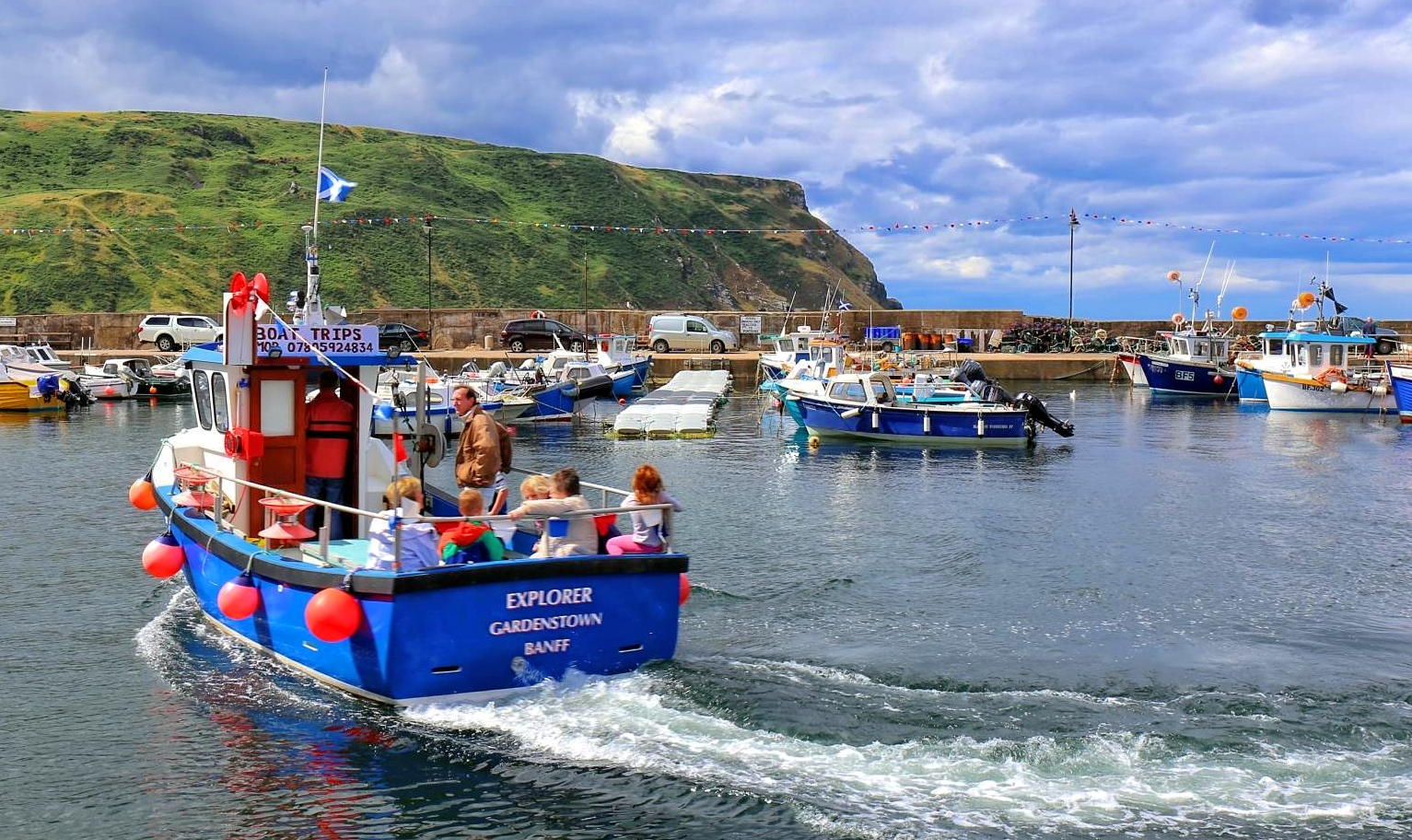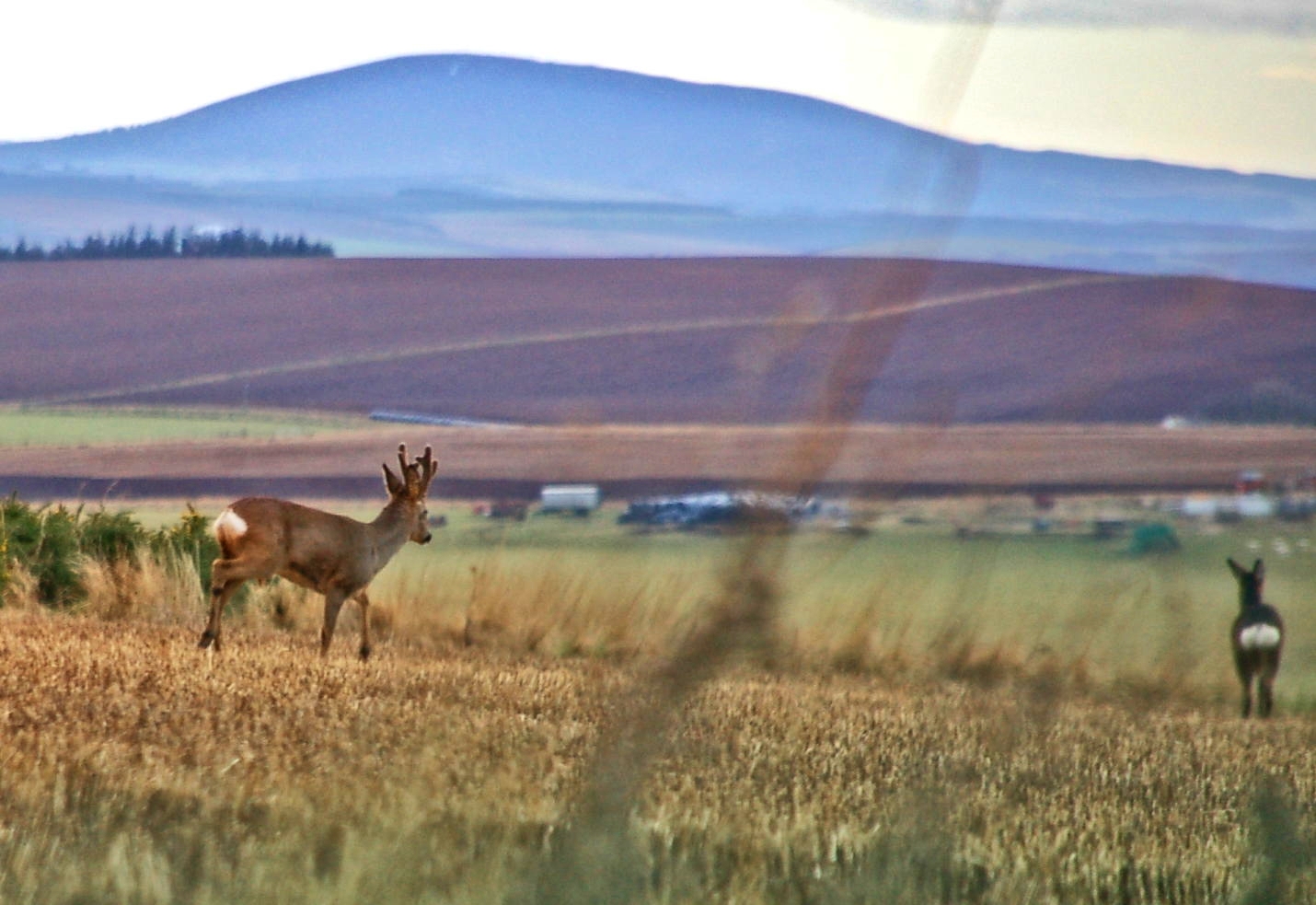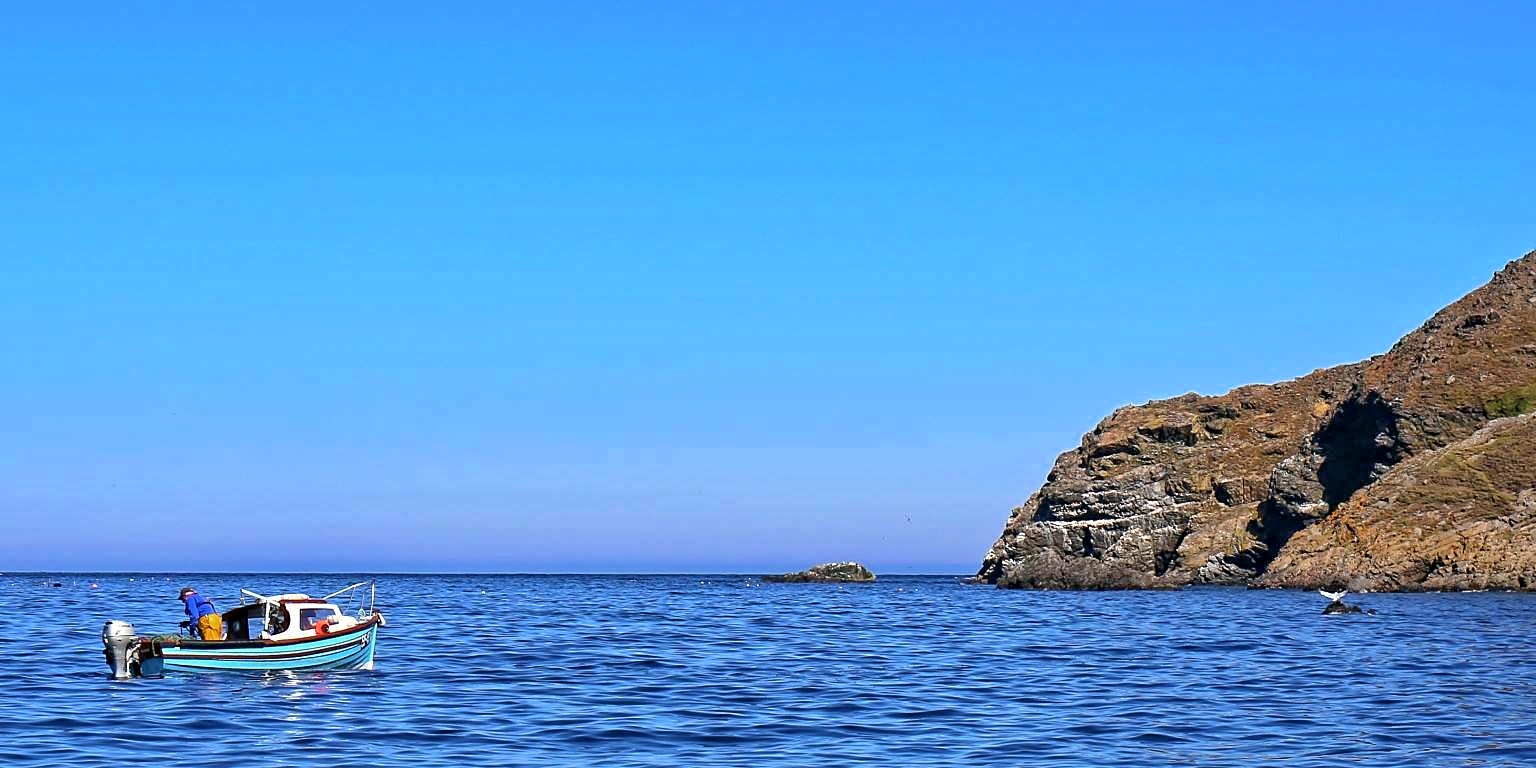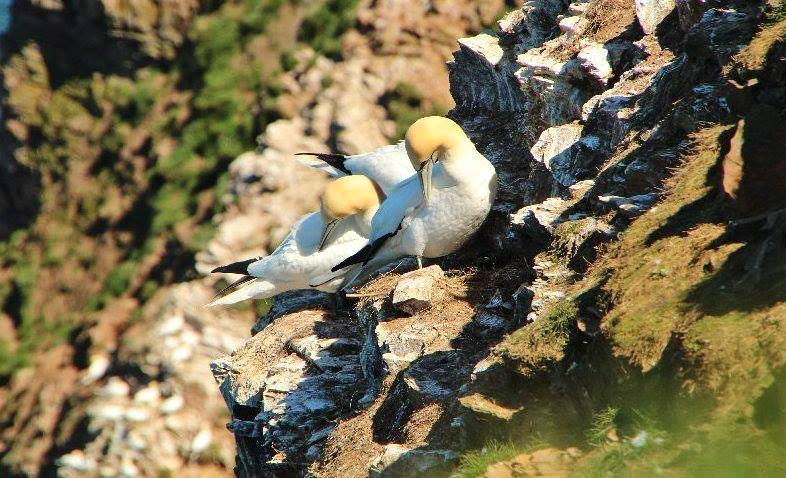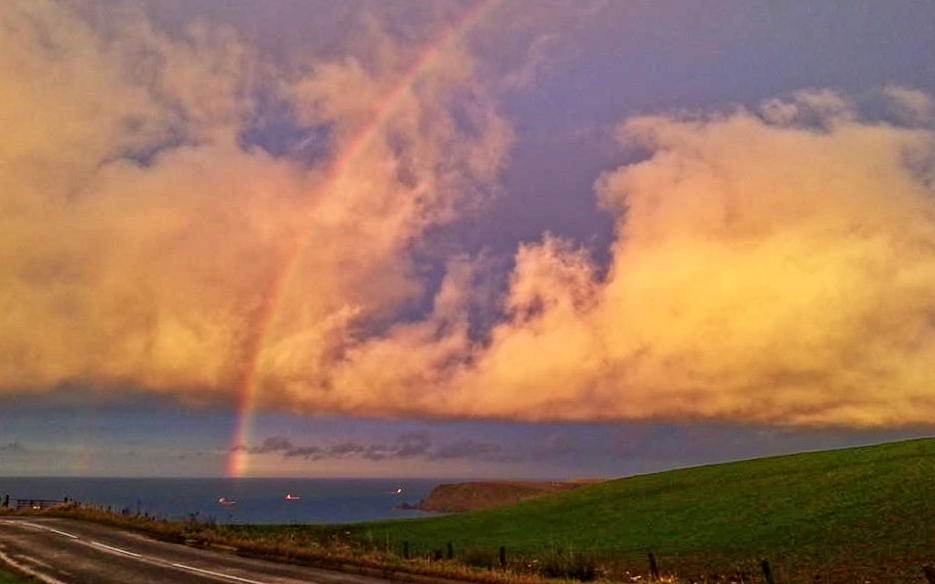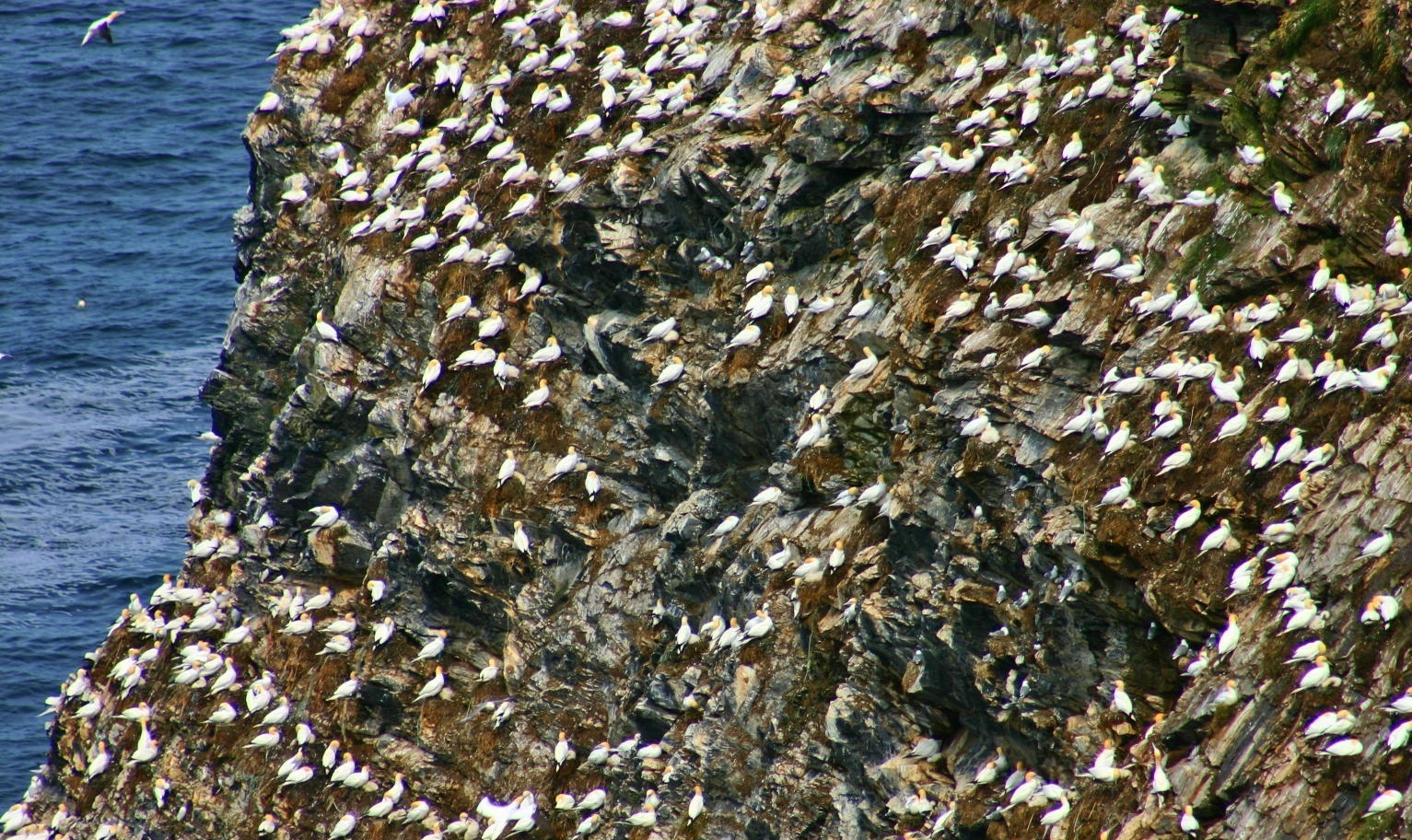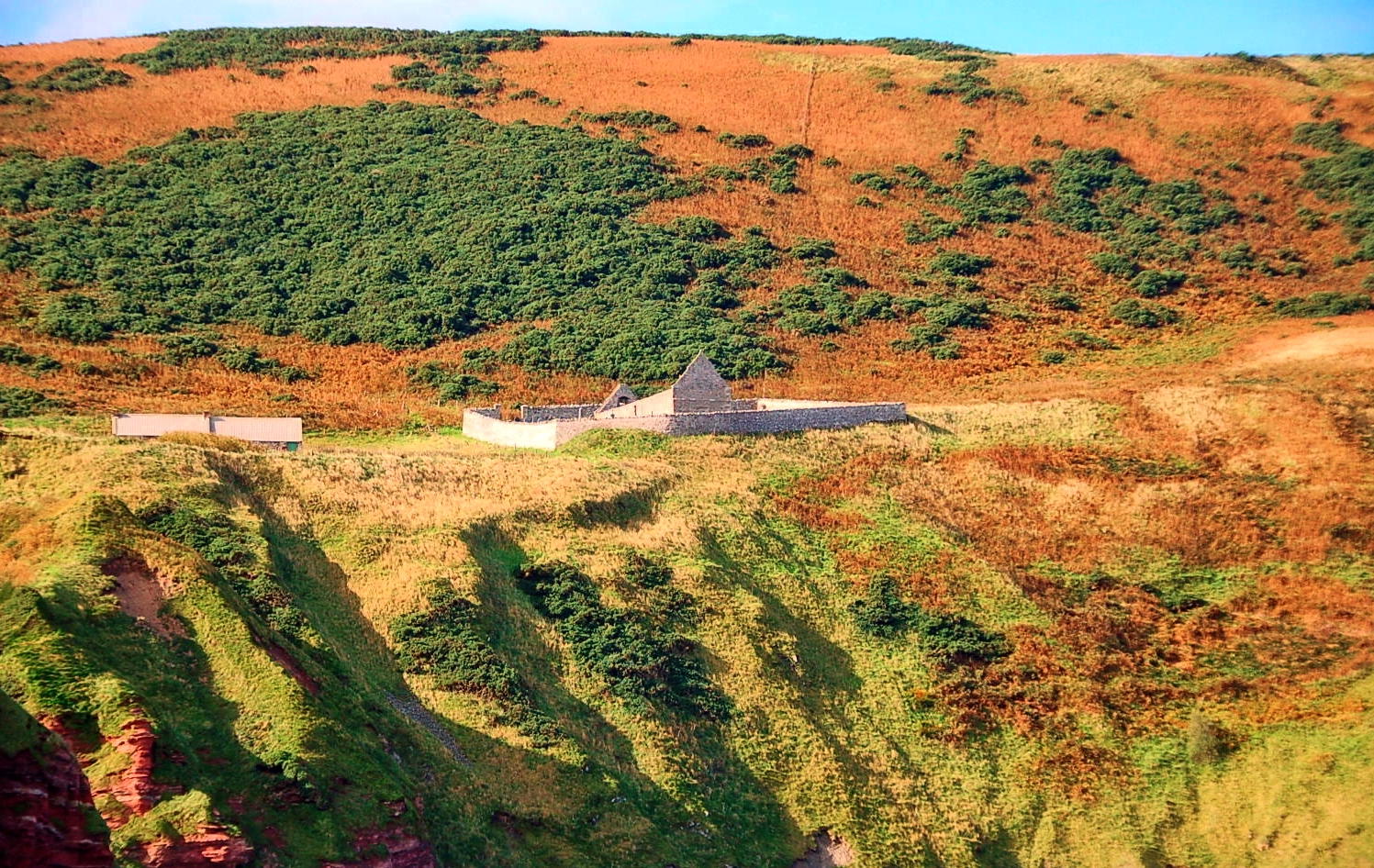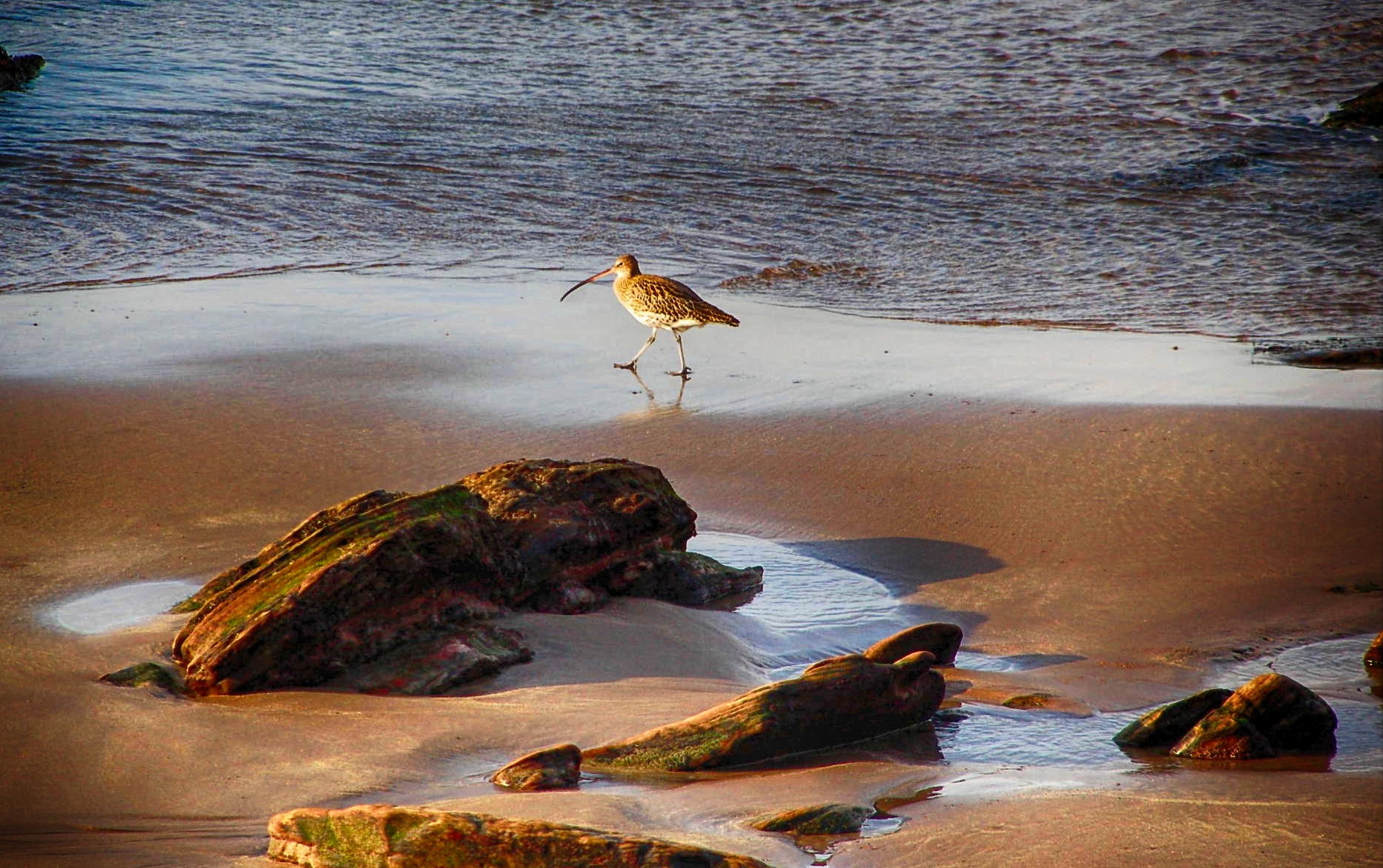What can Gardenstown & Crovie offer you?
Apart from the idyllic situation nestled into the towering red sandstone cliffs, the villages and coastline boast a wealth of natural and local history.
The Beach . . .
At the westward side of the village lies a sandy beach on which children can play safely, building sandcastles while adults enjoy a picnic or comb the beach. There are two burns, or streams, running into the sea the first of which tumbles down from a steep grassy slope forming a waterfall before meandering through a stony outcrop and finally flowing over the red sandstone rocks into the ocean. The second marks the change in rock formation from that of red sandstone to the harder quartzite hillside upon which stands the ruin of St. Johns Church.
The Harbour . . .
The village harbour is very picturesque and in the summer time is full of small pleasure boats as well as a few working fishing boats, and from where you can take a sightseeing or fishing trip around the bay. This is a hot spot for the local children who spend many long hours in the summer holidays diving and swimming.
Flora, Fauna & Wildlife . . .
In Spring the grassy braes are covered in primroses and then in bluebells. It is a beautiful sight. As summer approaches many wild flowers such as common orchids can be found blooming on the hillsides, an ideal habitat for numerous birds such as goldfinches and pipits, while high on the rocky ledges above nest the kittiwakes. Just around the corner at Troup Head you can find colonies of gannets, guillemots, razorbills and puffins. Wading birds feed on the small insects found in the seaweed by the seashore; redshanks, turnstones, oyster catchers as well as ringed plovers, depending on the time of year. Eider ducks nest on the rocky islands in the adjoining bay. We also have resident herons who stalk the rock pools on the beach. Dolphins can often be seen frolicking in the bay. A spectacular sight!
Geology . . .
The village is built on old red sandstone cliffs that are topped by glacial deposits from the last ice age. Towards Crovie the rocks are of a sandstone conglomerate and to the west past the second burn the harder quartzite can be found. Depending on the tides and the depth of sand the sandstone bedrock underlying the beach is very pronounced and gives a rich colour to the landscape.
Come and visit Gardenstown
A truly amazing place
With lots of things to see and do
And many a friendly face
A truly amazing place
With lots of things to see and do
And many a friendly face
We’ve folk that’ll tell you history
Of the fishing and times gone by
Enjoy our beach, the walks and wildlife
Even the occasional blue sky!
The winter doesn’t stop us
Singing and quiz night when it’s dreich
Then onward into summer time
And the fun of Gala week
We have arts and crafts a plenty
Boat trips go round Troup Head
A tea-room, pub, the Shoppie
Places to rest a weary head
So come and visit Gardenstown
Relax and enjoy the view
Our warm and caring community
Are ready to welcome you
by Nicky Thom

